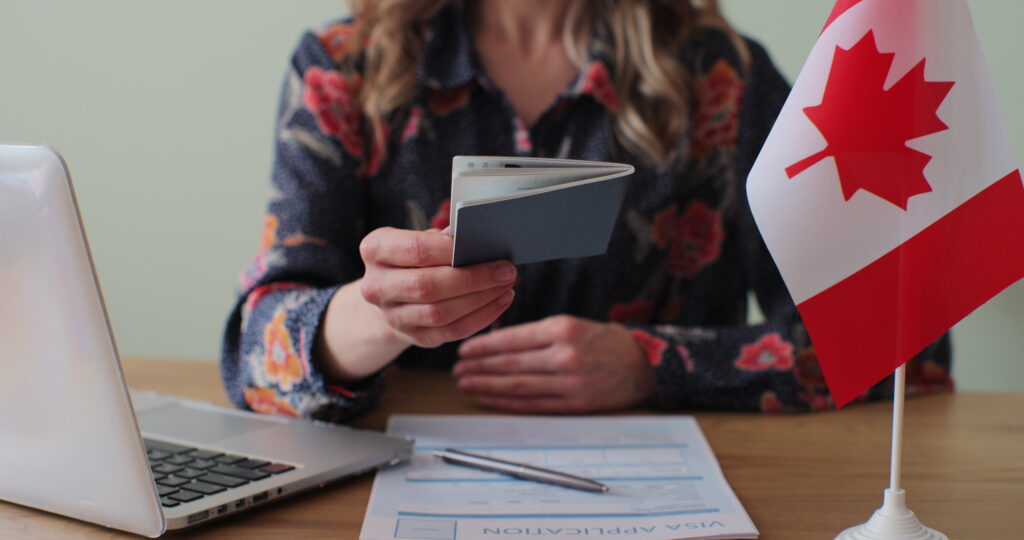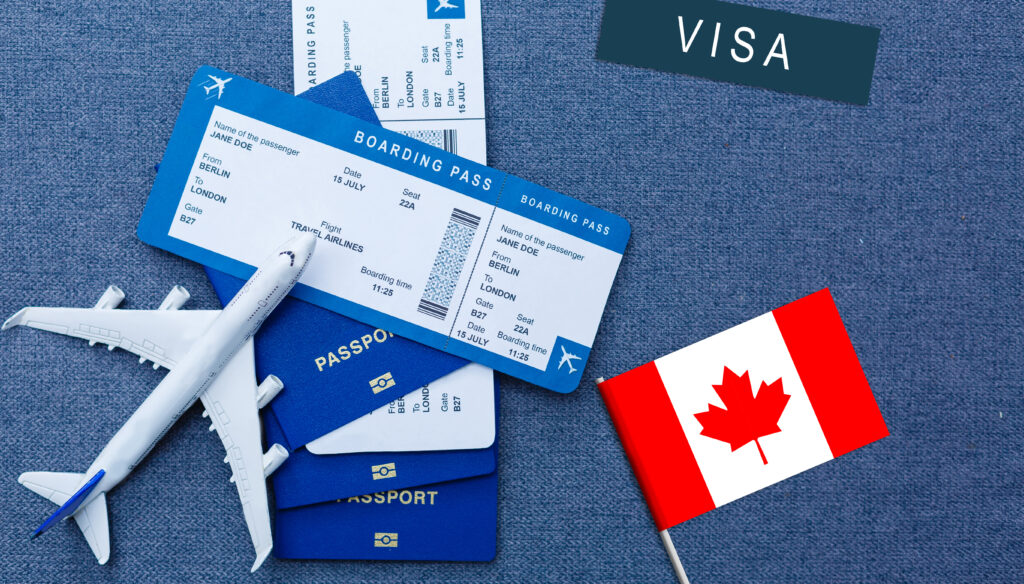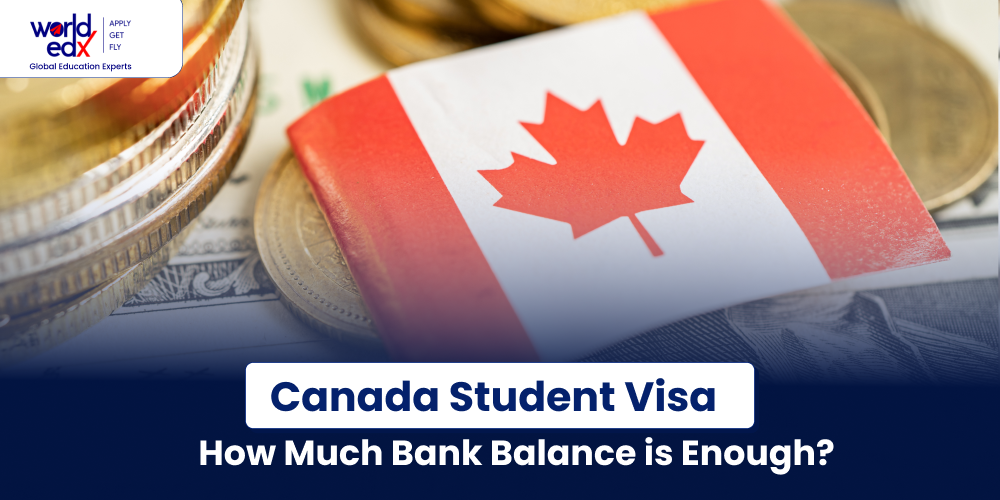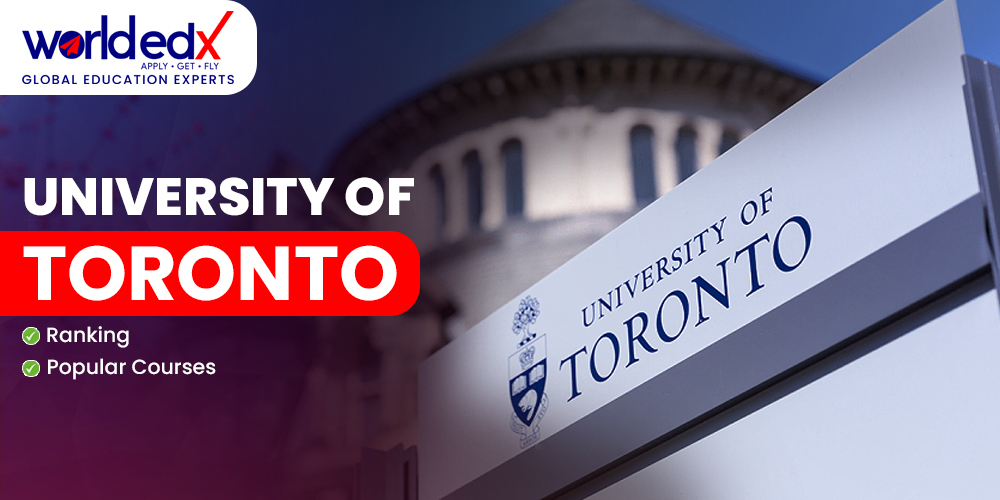Planning to study in Canada?
Then you need to know that one of the greatest necessities of a Canada student visa is to have an adequate bank balance. This will prove to the visa officer that you will be able to fund the tuition fee, the living expenses, and other expenses as a student in Canada. But the big question students often ask is – “How much bank balance is enough for a Canada student visa?”
What is a Canada Student Visa?

Now, before we talk about bank balance requirement let us first define what a Canada student visa is. It is officially known as a Canada study permit and it grants international students the opportunity to live and study in Canada in a Designated Learning Institution (DLI). In order to obtain this permit, the students are required to demonstrate that they have the financial capacity to sustain themselves during the duration of the study.
Why is Bank Balance Important for a Canada Student Visa?
Canada does not want any international student to face the challenge of not being able to cover their tuition costs, the cost of living or their way back home without seeking external assistance once they reach Canada. To confirm this, students are required to bring in a confirmation of funds, which are typically in the form of bank statements, loan letters or a GIC (Guaranteed Investment Certificate).
Having the right bank balance for a Canada student visa can significantly increase your chances of visa approval. Incomplete or insufficient financial proof can lead to visa rejection.
Talk to an Expert for FREE Counselling
Minimum Bank Balance Required for Canada Student Visa in 2026
According to the updated Canada student visa rules, you must show that you have enough funds to support yourself and any accompanying family members for at least one year. Here is the overview of the minimum bank balance for Canada student visa in 2026:
| Requirement | Amount (in CAD) |
| Tuition fees (1 year)* | Varies by course/university |
| Living expenses (student) | $20,635 |
| Living expenses (first family member) | $6,000 |
| Living expenses (each additional family member) | $3,000 |
| Return airfare (approximate) | $1,000 – $1,500 |
*Tuition fees depend on your course and university. For example, an undergraduate program may cost between CAD 15,000 and $30,000 annually.
So, if your tuition is CAD 20,000, then your total minimum bank balance should be:
$20,000 (tuition) + $20,635 (living) = CAD $40,635
(This is roughly INR 25 to 30 lakhs, depending on exchange rates.)
Read Also: Universities in Canada Without Application Fees
Accepted Financial Proofs for Canada Student Visa
To show your financial capacity, here are some accepted ways to prove your bank balance:
- Bank account statements (last 4-6 months)
- Education loan documents from a recognized bank
- Guaranteed Investment Certificate (GIC)
- Proof of paid tuition and housing fees
- Bank draft in convertible currency
- Letter from the sponsor (if someone else is funding your studies)
- Proof of funding from scholarships or a Canadian institution
What Could Happen When Your Bank Balance is Insufficient?
If you fail to show the required financial proof:
- Your Canada student visa application may be rejected.
- You may receive a refusal letter stating “insufficient funds”.
- You’ll have to reapply with stronger financial documents, which could delay your study plans.
That’s why showing more than the minimum required is always better. For example, if the minimum is CAD 40,000, showing CAD 50,000 will strengthen your application.
Tips to Maintain a Sufficient Bank Balance for a Canada Visa
These simple tips can help you show the right bank balance and increase your chances of getting a Canada student visa. Here are some tips to maintain a sufficient bank balance for your Canada student visa:

- Start saving early: Save money at least 6–12 months before applying for your visa. This shows that you are financially prepared.
- Avoid big, sudden deposits: Do not add a large amount of money to your account all at once. Visa officers may think it is borrowed just for the visa.
- Maintain a steady balance: Keep a regular and healthy bank balance. A stable account is better than one that changes too much.
- Use legal and clear sources: Make sure your money comes from legal sources like salary, family business, or an education loan. Always be ready to prove where it came from.
- Use a GIC (Guaranteed Investment Certificate): If you are applying under the SDS category, buy a GIC worth CAD 10,000. It shows that you can handle your living expenses.
- Pay tuition fees in advance: Pay your first-year fees before applying for your visa. It reduces the amount you need to show in your bank account.
- Keep your bank statements ready: Keep your last 4 to 6 months’ statements safe. They will be needed during your visa application.
- Avoid multiple sponsors: One or two sponsors (like parents) are better than many. Too many sponsors can confuse the visa officer.
- Use an education loan if needed: An approved loan from a recognized bank is accepted proof of funds. It is helpful if you don’t have enough savings.
- Be honest in documents: Never show fake documents or try to hide facts. Always provide true and complete financial details.

Final Thoughts
If you want to get a Canadian student visa, you must know how much money you need in your bank account. Always prepare your financial documents carefully and honestly. Whether you apply through SDS or Non-SDS, ensure your funds cover your tuition, living expenses, and travel costs.
The recommended minimum amount is CAD 35,000–40,000 or 22–25 lakhs in Indian rupees. Showing the right financial proof increases your chances of visa approval and ensures a stress-free start to your academic journey in Canada.







